
Power is defined as "work over time", i.e. "joule/second", whereby work is defined as force times distance traveled, i.e. "Newton*Meter".
Power is controlled by torque at a given rpm.
The relationship between power and torque can be described by the fact that 1 Watt is equal to 1 Nm/second and that 1 horsepower is equal to 746 watts.
It is only the power that controls how much work can be done per unit of time.
Heavy offroad engines typically have the maximum power available at 1500-2000 rpm.
The power curve can be read via the line below on measurements made by Tractortest.
Torque is defined as rotational force, i.e. force times length, which also can be described as "Newton*Meter".
If the torque is increased at 1600 rpm, then the power, at 1600 rpm, will increase accordingly as the torque controls the power in conjunction with the rpm.
The relationship between power, torque and rotational speed is described as Power=Torque*Angular velocity. Angular velocity [ω] is defined as 2·π·Rpm/60. Hereby, power and torque can always be converted.
Heavy offroad engines typically have the maximum torque available at 1200-1600 rpm.
The torque curve can be read via the line below on measurements made by Tractortest.
When measuring power, an environmental correction is usually added to the measurement. Our dynamometers support among other, the standards DIN 70020, SAE J1349 and ISO 1585. The power correction equals the power measurement to compensate environmental differences, i.e. measurement made on a cold winter's day and warm summer's day. Older engines actually perform differently for the two scenarios.
The J1349 standard prescribes, that the power measurement is adapted to an air humidity of 0%, an air temperature of 25 degrees C and an air pressure of 101.3 kPa.

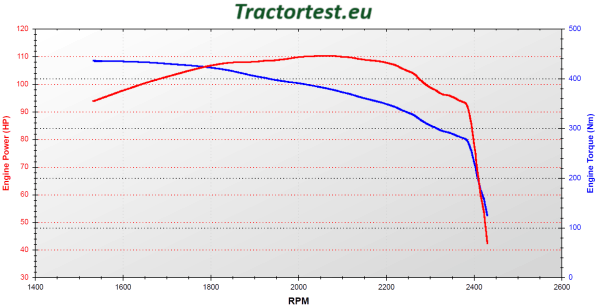
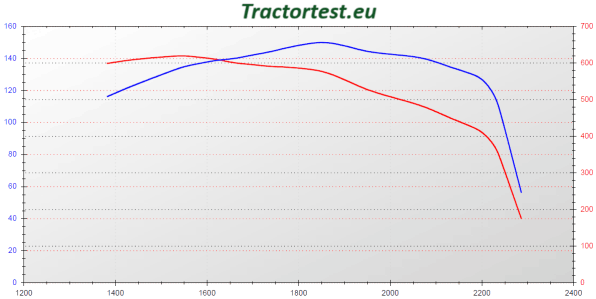
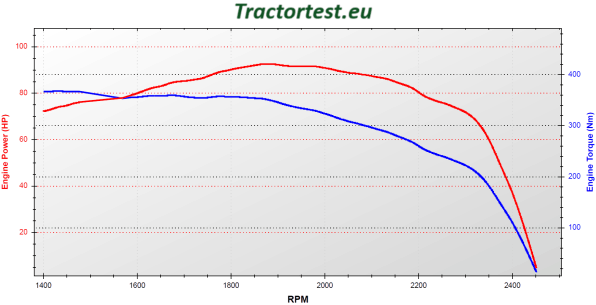
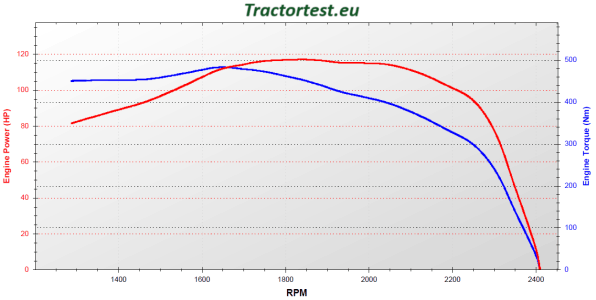

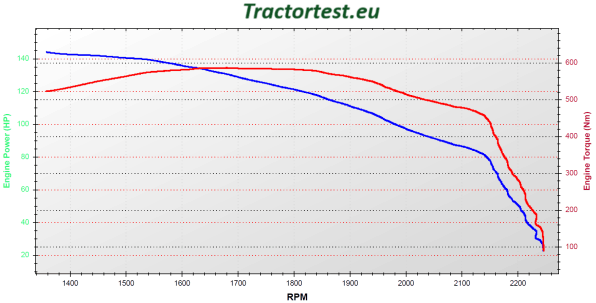


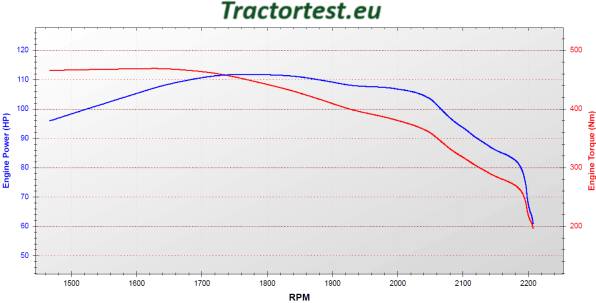
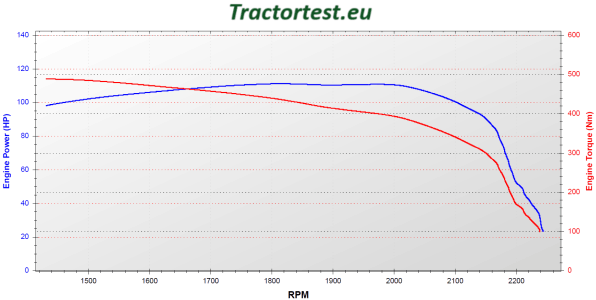
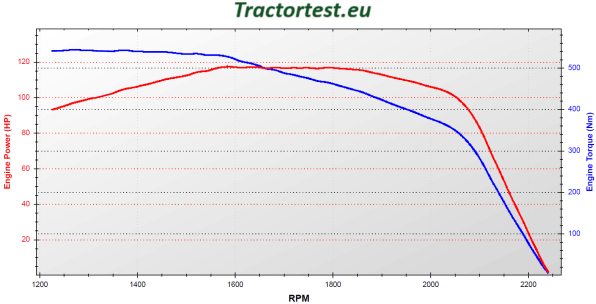
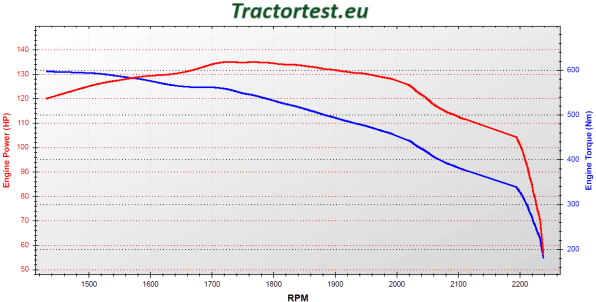

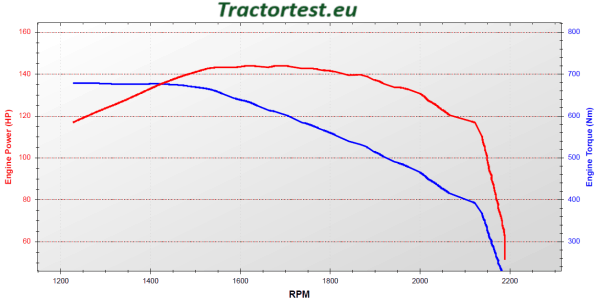
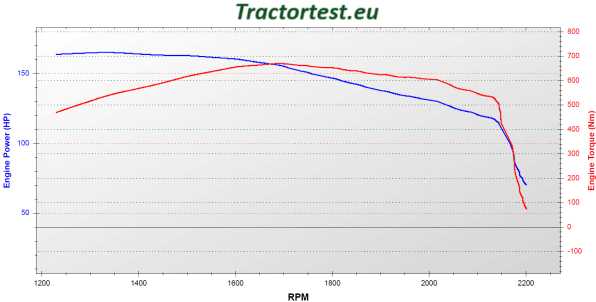
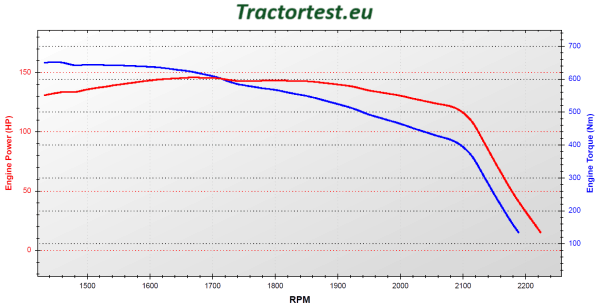
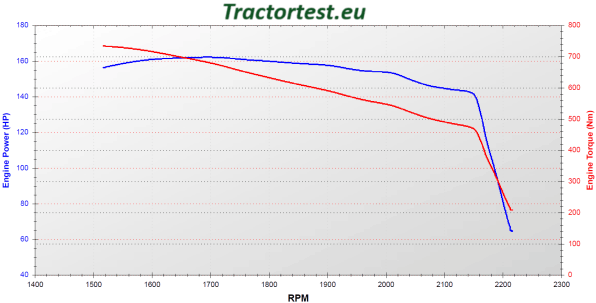
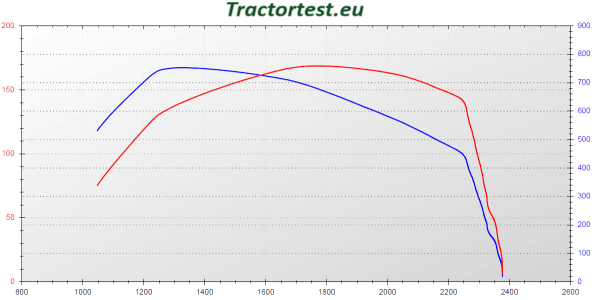
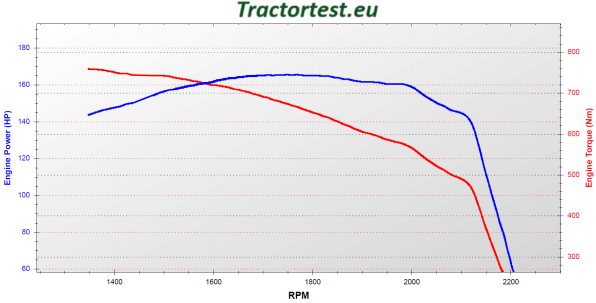
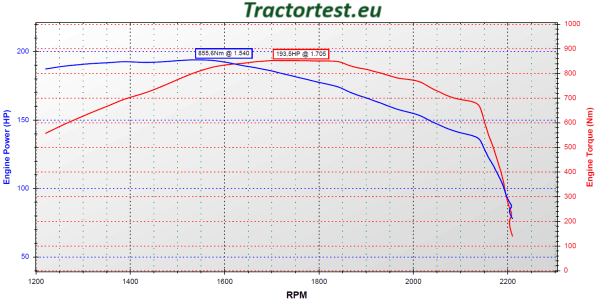


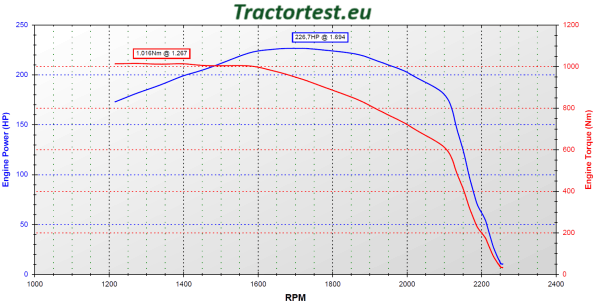

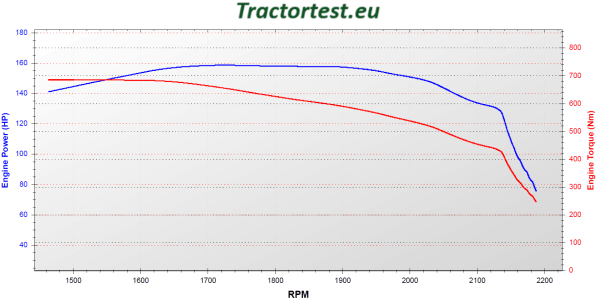

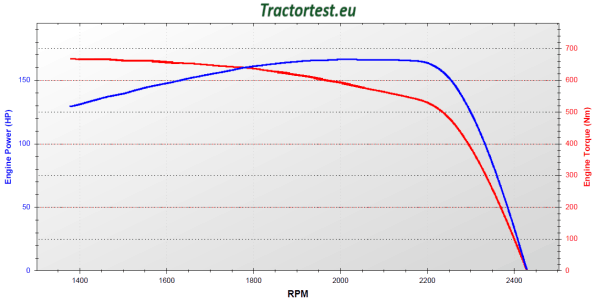
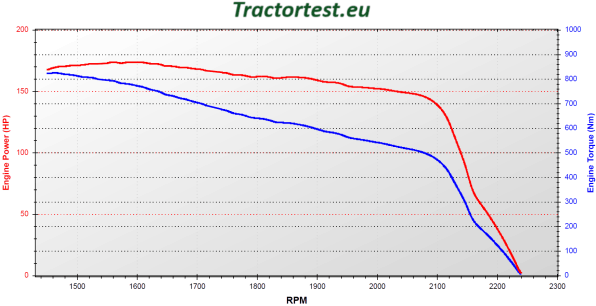


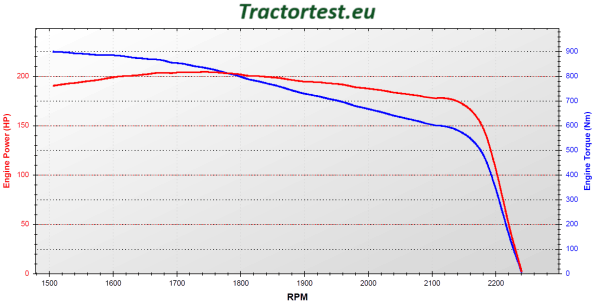
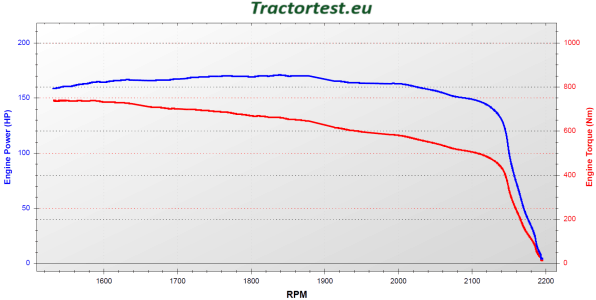
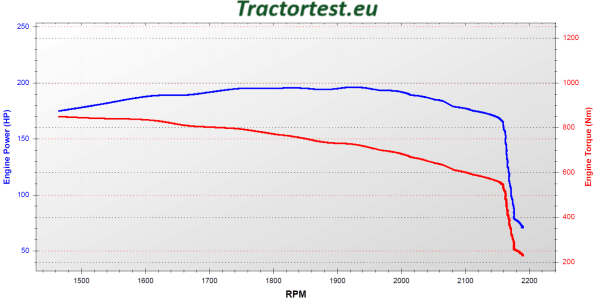
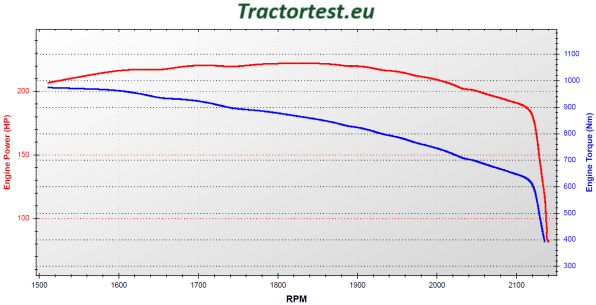
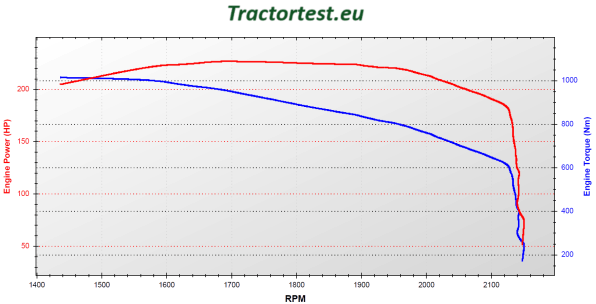
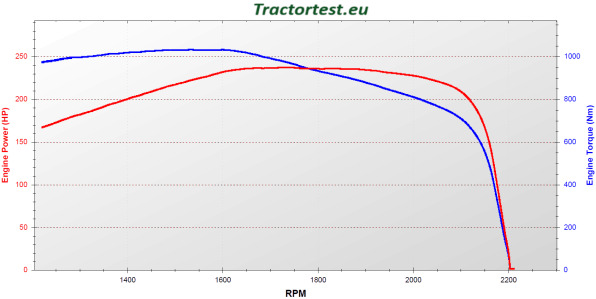
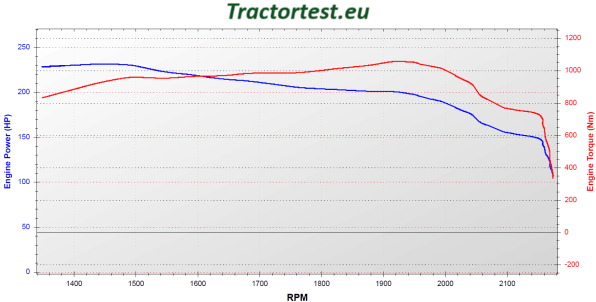
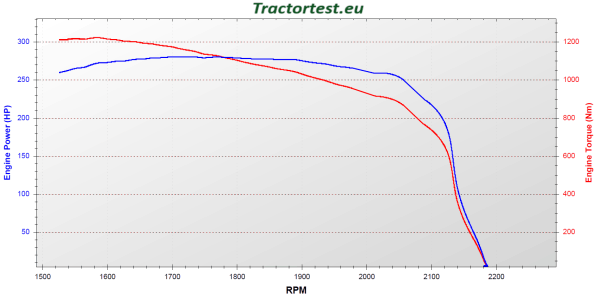


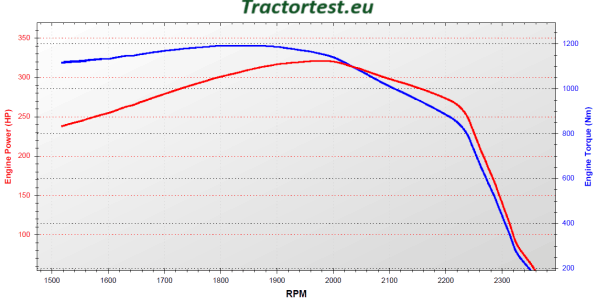
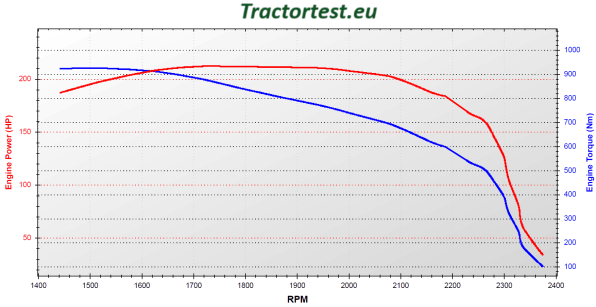

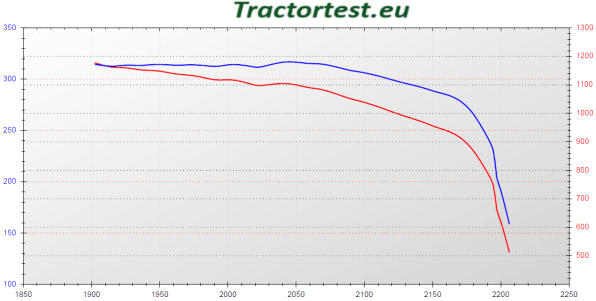
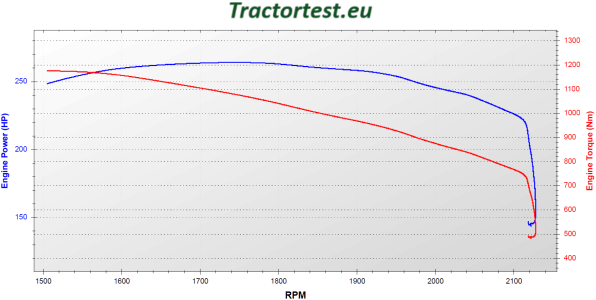

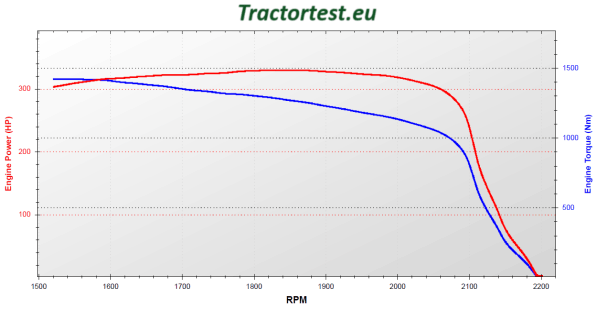

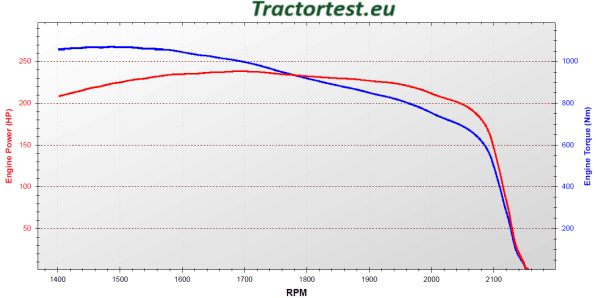


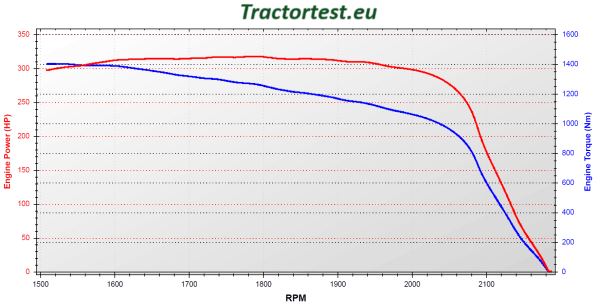

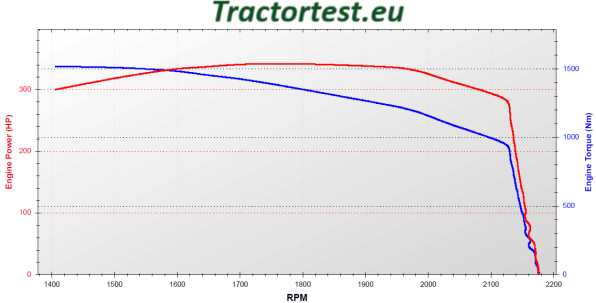
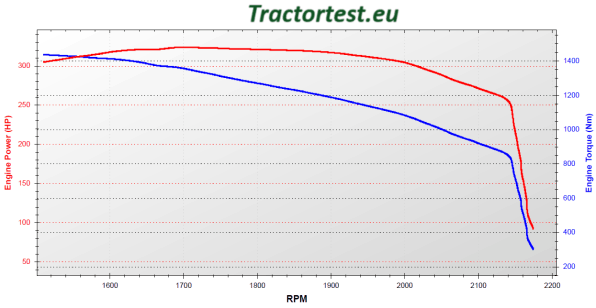

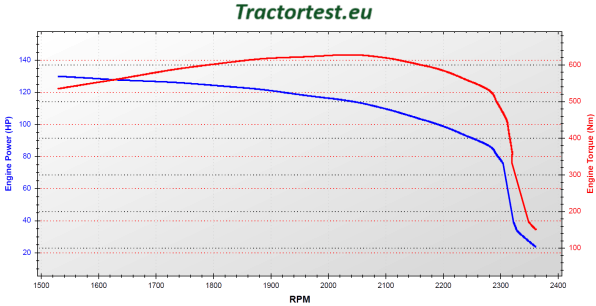
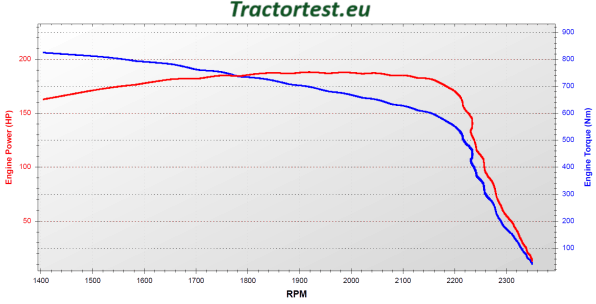
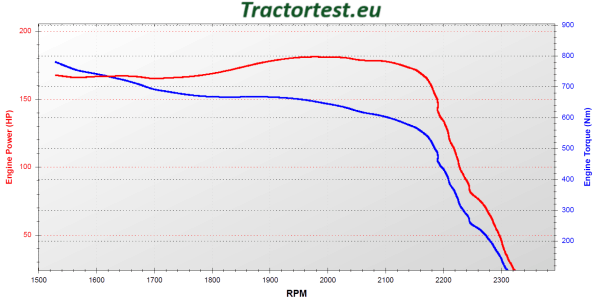



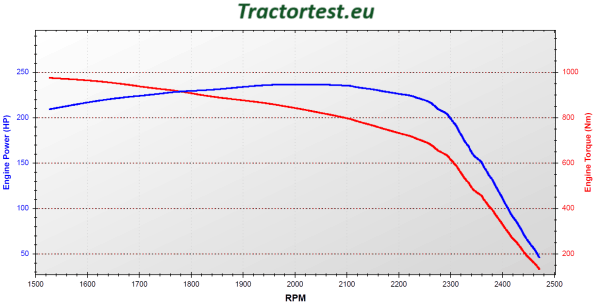
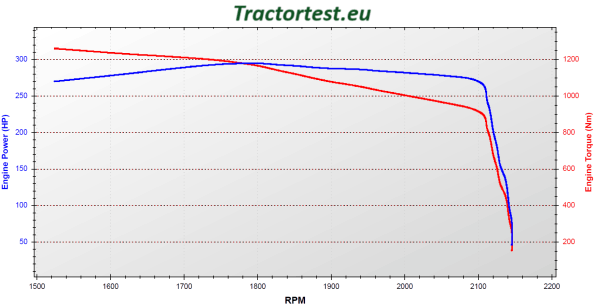
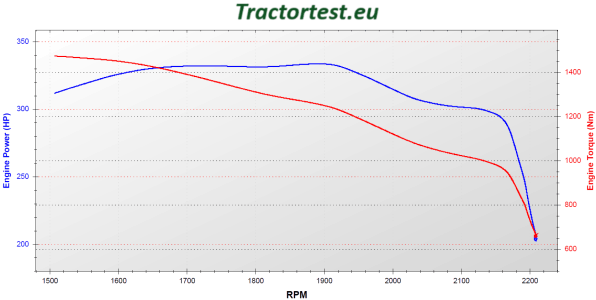
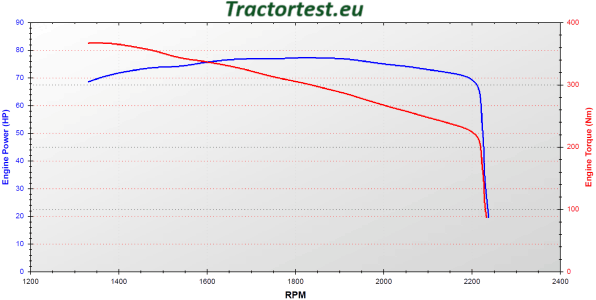

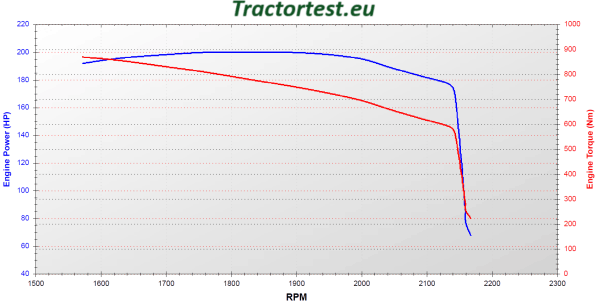
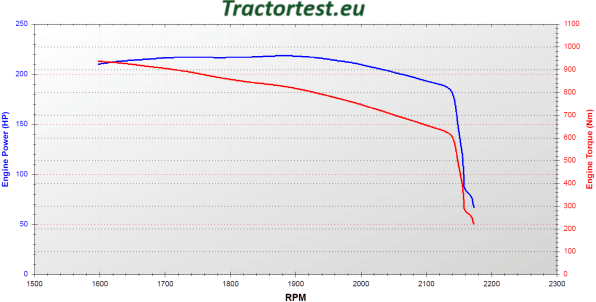



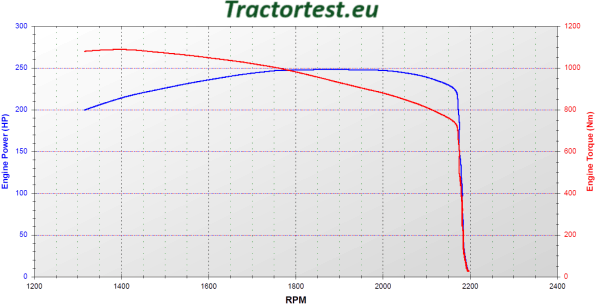

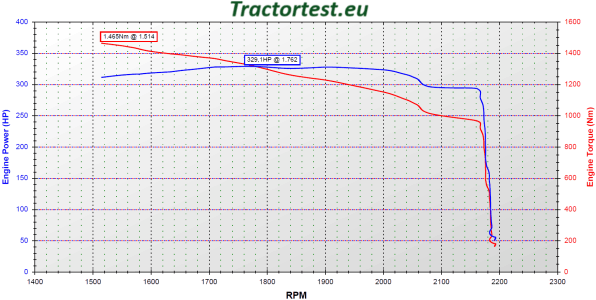

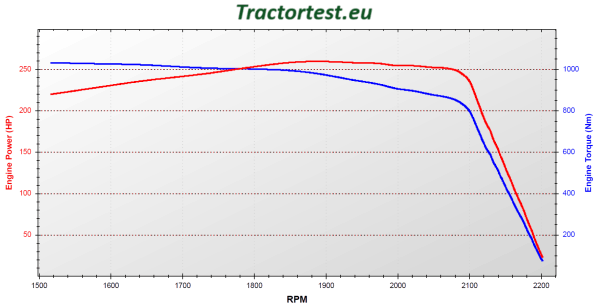
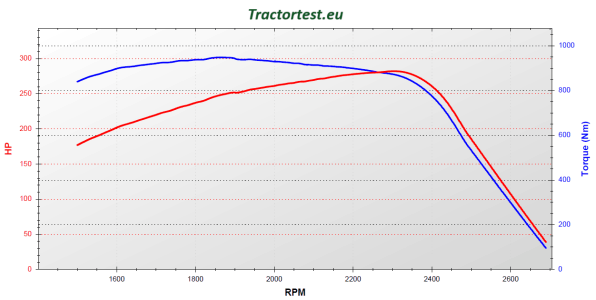
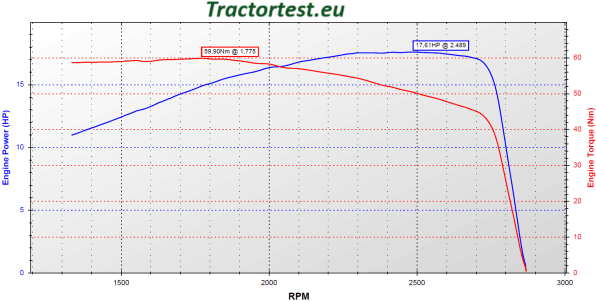

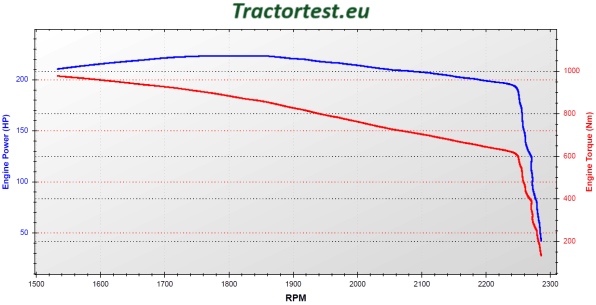
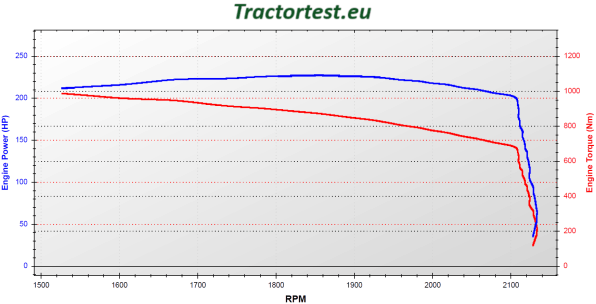
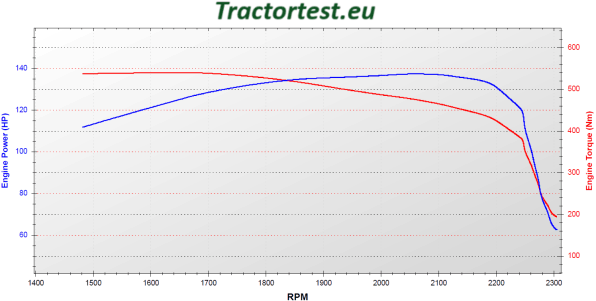

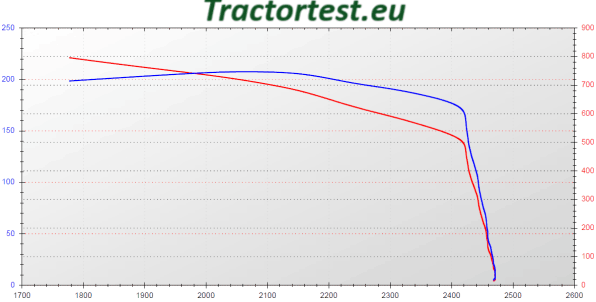
No Code Website Builder